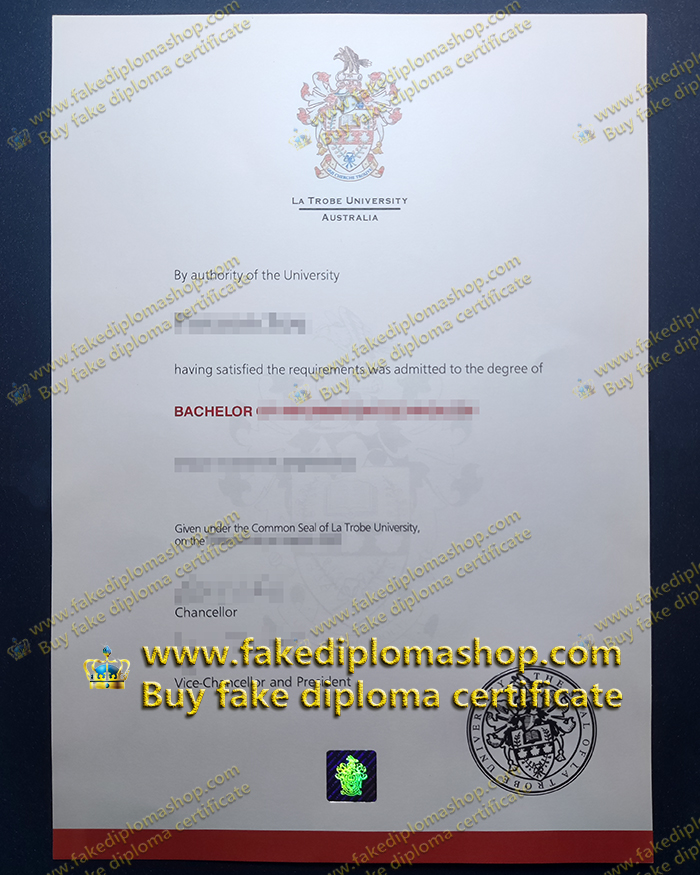
La Trobe University Bachelor diploma
How useful to buy a fake La Trobe University Bachelor diploma now? How to obtain a fake La Trobe University Bachelor diploma for a better job? Where to find a fake diploma maker to buy a fake LTU degree? La Trobe University was founded in 1967. Today, it has seven campuses, including Melbourne and Sydney, with more than 3,000 staff and 36,000 students, including more than 8,000 international students from 110 countries.
In February 2006, H.E. Fu Ying, Chinese Ambassador to Australia, paid a goodwill visit to the University. Ambassador Fu Ying’s visit to the University fully demonstrates the close relationship between the University and China and bodes well for the broader and deeper cooperation between the University and the Chinese educational community in the future.
The university’s association with China began in the 1980s, and it is one of Australia’s largest education providers in China. Its MBA program is highly regarded in many Chinese universities, government agencies and personnel training departments. The University also has extensive cooperation with Peking University, East China Normal University, Sichuan University, Jiangsu University of Science and Technology and other Chinese universities in the fields of liberal arts, education, business, engineering and medicine.
La Trobe University is a member of Innovative Research Universities, an Australian group that collectively receives more than $340 million in research funding.
How much does La Trobe University Bachelor diploma cost?
According to the 2012 Australian Research Excellence (ERA) report, La Trobe University has been confirmed as one of Australia’s leading research universities, ranking third in Victoria. La Trobe University is the number one institution in the country for microbiology research, tied with only one other university for biochemistry and cell biology, and veterinary medicine. Historical studies and archaeology also top the list.
The ERA 2012 report shows that La Trobe University has made very significant progress over the past two years, with the number of subject-specific areas of study reaching world standards or above (ERA 3 — 5) increasing by 31%, from 29th to 38th in 2012. The number of publications “well above” the world standard increased from around 400 to around 1,800, an increase of more than 300 percent.

